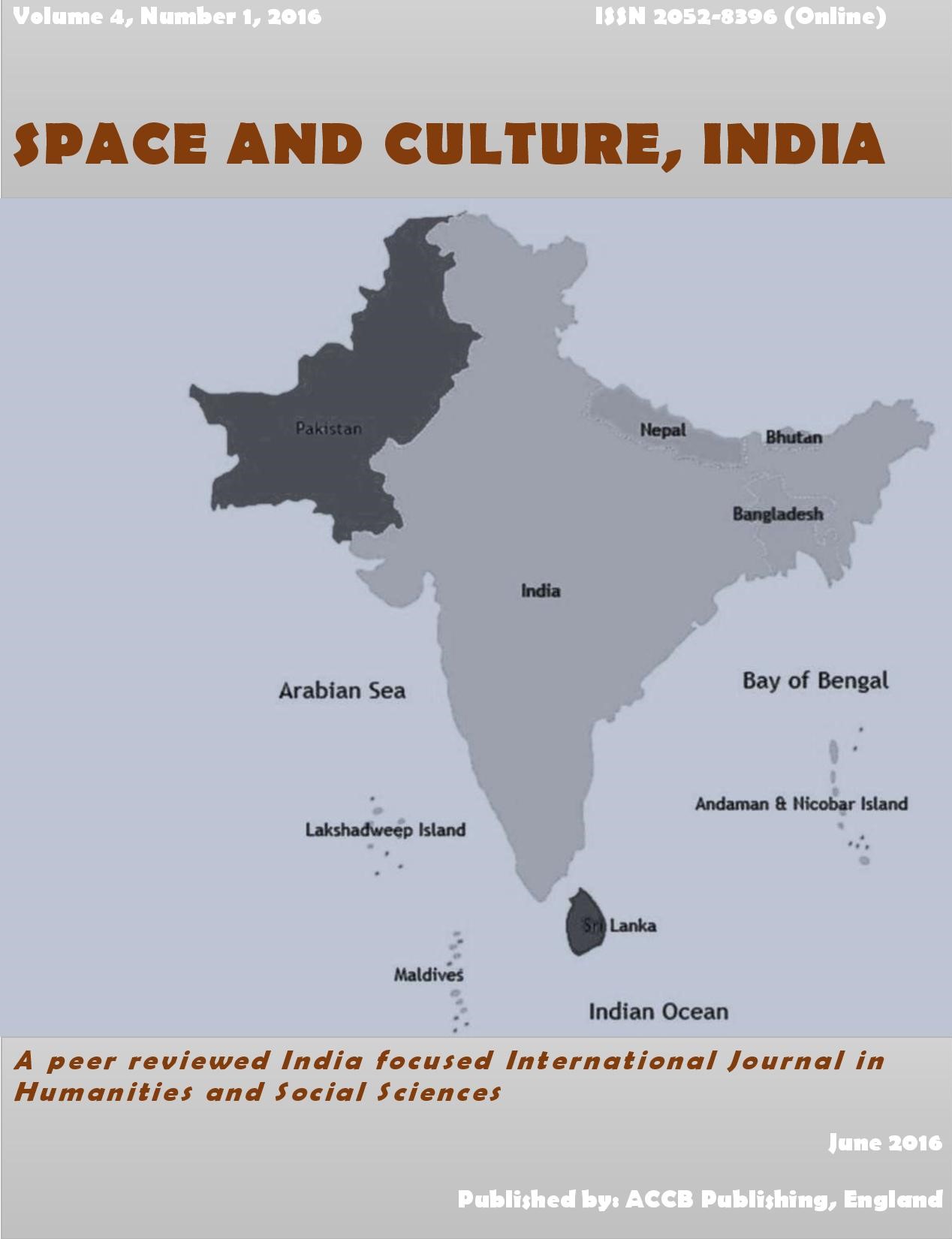Depletion of forest cover and encroachment in Gonbina Reserved Forest in Goalpara district of Assam

Abstract
Forests constitute the largest ecosystem and habitat of valuable species of plants and animals on the earth surface. The increasing size of population combined with increasing diversity of human activities is continuously degrading the forest areas of the earth’s surface causing great threat to it in respect of shrinkage of coverage, loss of biodiversity and disturbance in the ecological balance. The intense depletion of forest cover in various parts has also brought about large-scale environmental changes including disappearance of many valuable floral and faunal species. In the said context, the district of Goalpara, located in the western part of Assam, was dominantly covered with dense Sal (Shorea Robusta) forest, widely distributed in both the lowland and hills of the district. However, during last few decades the dense Sal forests of the district have experienced massive depletion because of excessive exploitations and encroachments transforming many patches of forestland treeless and now being used for other purposes. Even the reserved forests are also under acute degradation and encroachment. In this paper, an attempt is made to explore the nature and dimension of forest cover change alongside massive encroachments and associated implications in Gonbina Reserved Forest of Goalpara district, Assam during 1977-2010, with the help of Survey of India toposheet, satellite imagery, field survey and Geographical Information System.
Keywords
Forest, Sal (Shorea Robusta), Gonbina Reserved Forest, Satellite Imagery, Field Survey, GIS, Goalpara, Assam, India
Supplementary File(s)
PHOTOGRAPHSAuthor Biography
Dhananjoy Medhi
Department of Geography, Assistant Professor
Â
Bimal Kumar Kar
Head, Department of Geography
References
Ahmed, M. (2007). History of Deforestation and its Effect on Flora and Fauna in Goalpara District published in the Proceedings of Twenty-eighth Session of North East India History Association, Goalpara.
Assam Science Technology and Environment Council (1990). District Report on Land Use/Land Cover, Goalpara District, Assam, Assam Remote Sensing Application Centre, ASTEC, Guwahati, Assam.
Barooah, D. P. (1979). Assam District Gazetteers – Goalpara District, Government. of Assam.
Bhattacharyya, R. (2013). Are We Empowered? Stories of Young Indian Working women, Saarbrücken, Germany: Lap Lambert Academic Publishing, (ISBN: 978-3-659-20580-4).
Bhattacharyya, R. (2009). Examining the Changing Status and Role of Middle Class Assamese Women: Lessons from the Lives of University Students, PhD thesis, University of Newcastle upon Tyne, United Kingdom. Retrieved from: https://theses.ncl.ac.uk/dspace/bitstream/10443/303/1/Bhattacharyya09.pdf.
Bhagabati, A.K., Bora, A.K. and Kar, B.K. (eds) (2002). Geography of Assam, Rajesh Publications, New Delhi.
Bhakta, G.P. (1992). Geography of North East India, Akashi Book Depot, Shillong.
Bhattacharyya, N. N. (2005). North East India: A Systematic Geography, Rajesh Publications, New Delhi.
Deka, S.P., Ahmed, M. and Basumatary, S.K. (2004). Deforestation Effects on Flood Level of Brahmaputra River at Goalpara Site, Assam, Environment and Ecology, 22 (spl-I), 100.
Dubey, R. M. (1999). Working Plan for Reserved Forests and Proposed Reserved Forests of Goalpara Division (1999-2000 to 2008-2009), Forest Department, Government of Assam.
Gautam, A. (2006). Advanced Geography of India, Sharda Pustak Bhawan, Allahabad.
Gilbert, N. (2012). India’s Forest Area in Doubt, Nature, 489 (7414). Retrieved from: http://www.nature.com/news/india-s-forest-area-in-doubt-1.11344.
Hansen, M. C., Stehman, S. V. and Potapov, P. V. (2010). Quantification of Global Forest Cover Loss, PNAS, 107 (19), 8650-8655.
Hamilton. F.B. (1814). An Account of Assam. Sreeguru Press, Maligaon, Guwahati (Reprinted).
Iftekhar, M. S. and Hoque, A. K. F. (2005). Causes of Forest Encroachment : An Analysis of Bangladesh, GeoJournal, 62(1/2), 95-106.
Joseph, B. (2005). Environmental Studies, Tata McGraw-Hill Publishing Company, Limited, New Delhi.
Lambin, E. F., and Geist, H. (2006). Land-Use and Land-Cover Change: Local Processes and Global Impacts. Berlin: Springer Verlag.
Mayaux, P., Holmgren, P., Achard, F., Eva, H. and Branthomme, A. (2005). Tropical Forest Cover Change in the 1990s and Options for Future Monitoring, Philosophical Transactions, R. Soc., B. 360, 373-384.
Potapov, P. V., Turubanova, S. A., Hansen, M. C., Adusei, B., Broich, M., Altstatt, A., Mane, L., and Justice, C. O. (2012). Quantifying Forest Cover Loss in Democratic Republic of the Congo, 2000–2010, with Landsat ETM+ data, Remote Sensing of Environment, Elsevier.
Taher, M. and Ahmed, P. (2002). Geography of North East India, Mani Manik Prakash, Guwahati.
Talukdar, D. R. and Kalita, B. (2014). Man-Elephant Conflict: A Study in Goalpara District, Global Journal for Research Analysis, 3(8), 207-209.